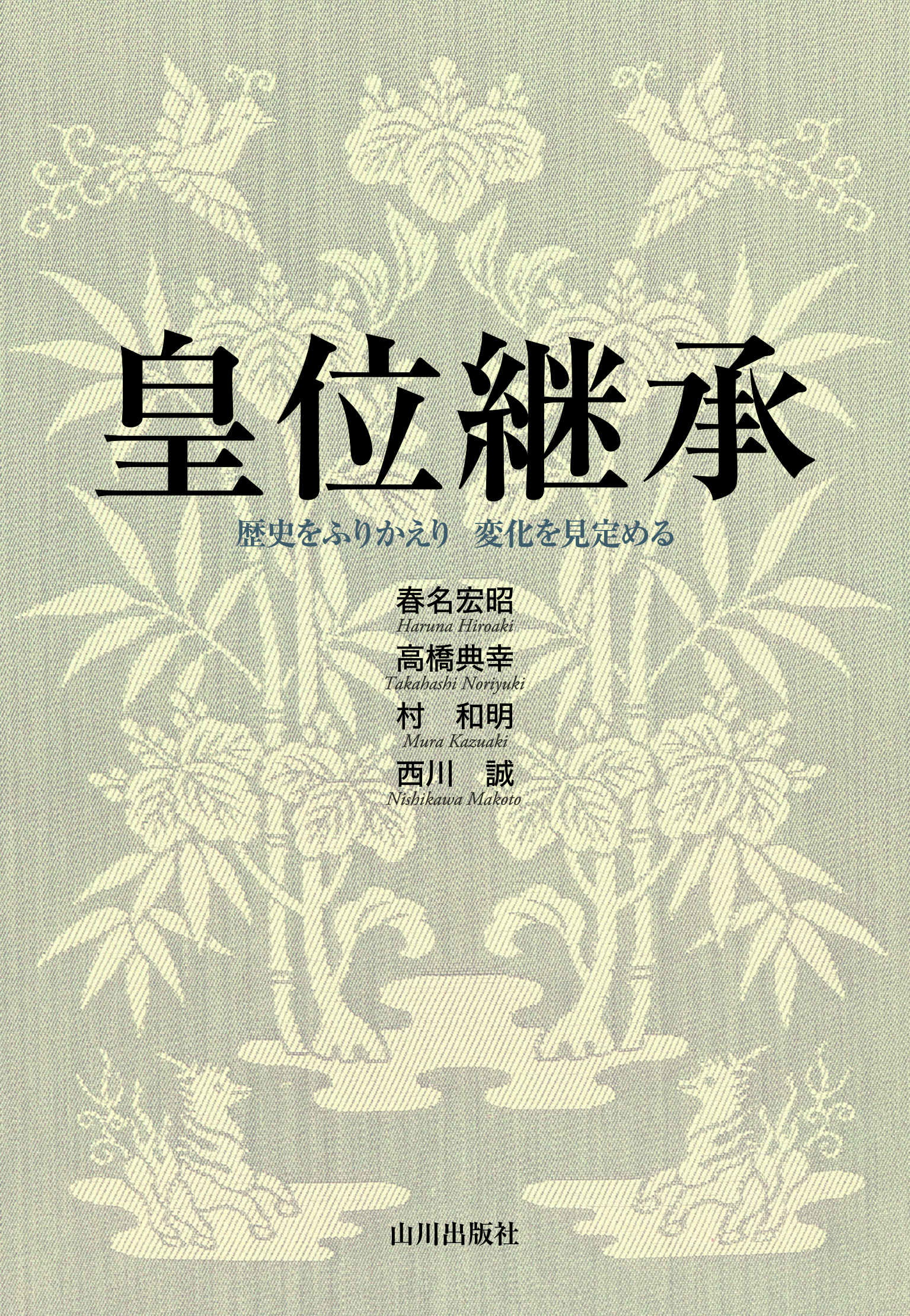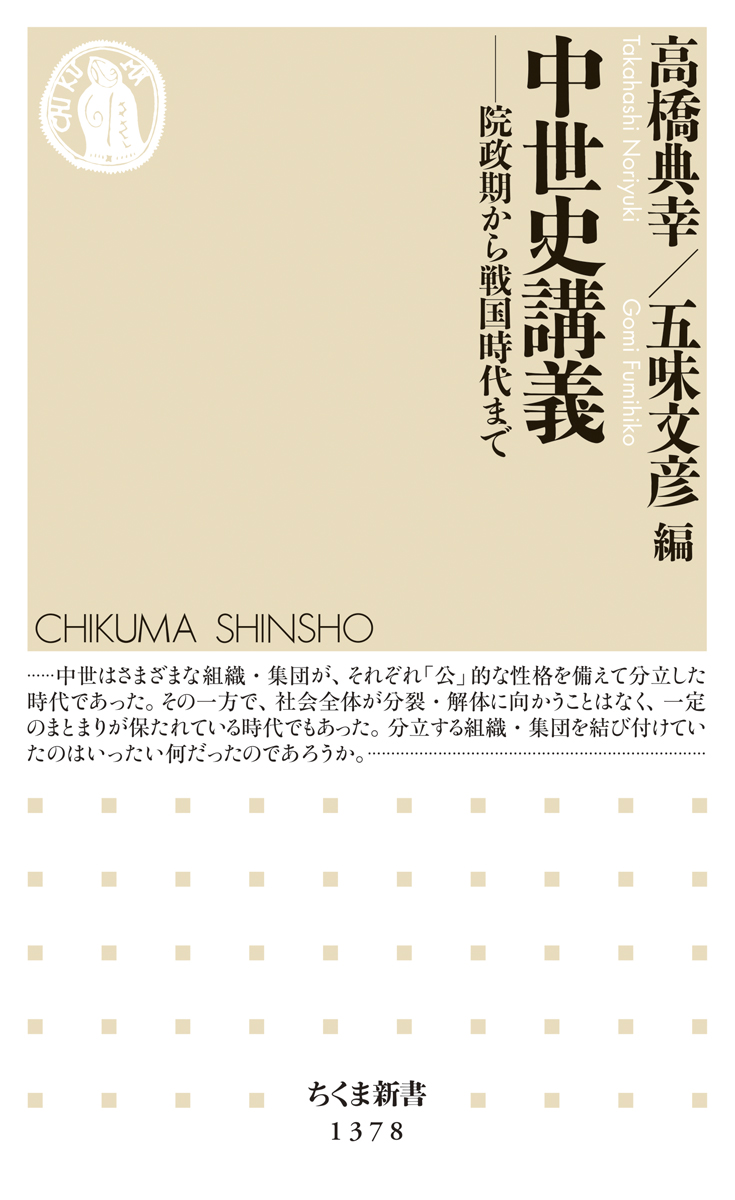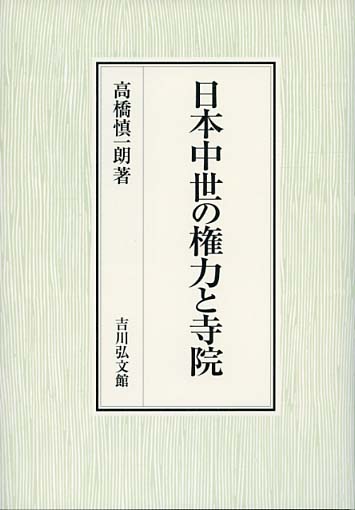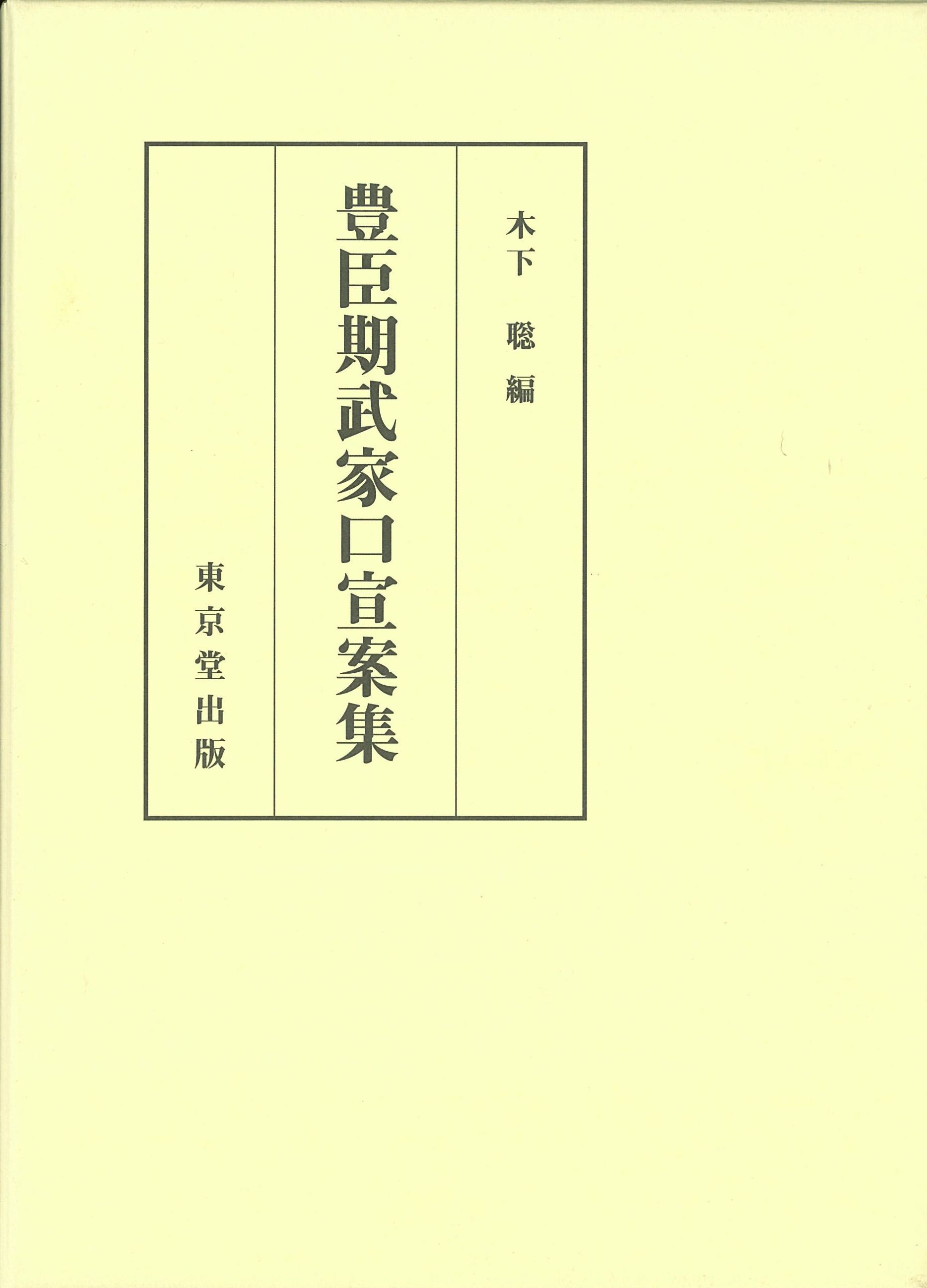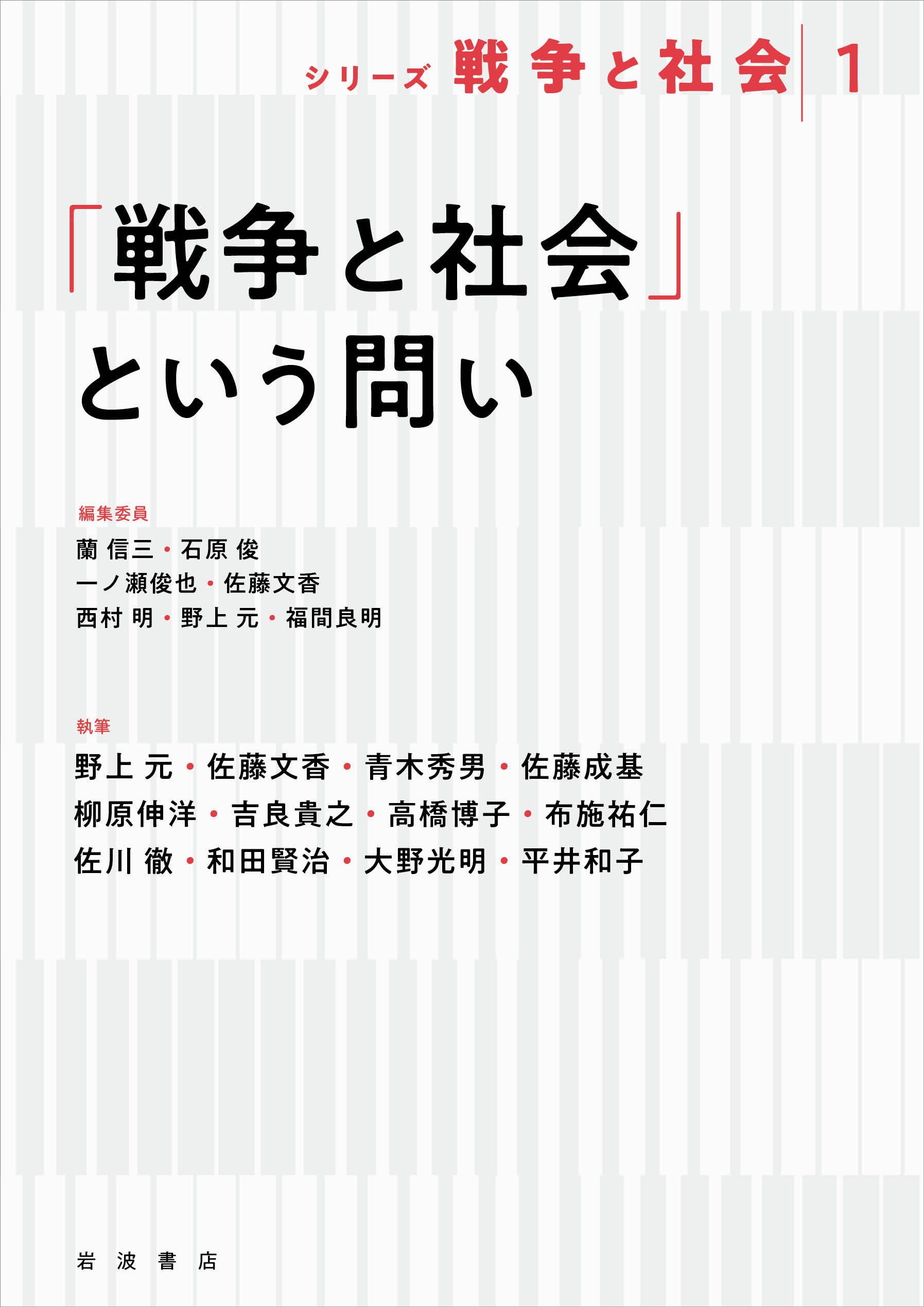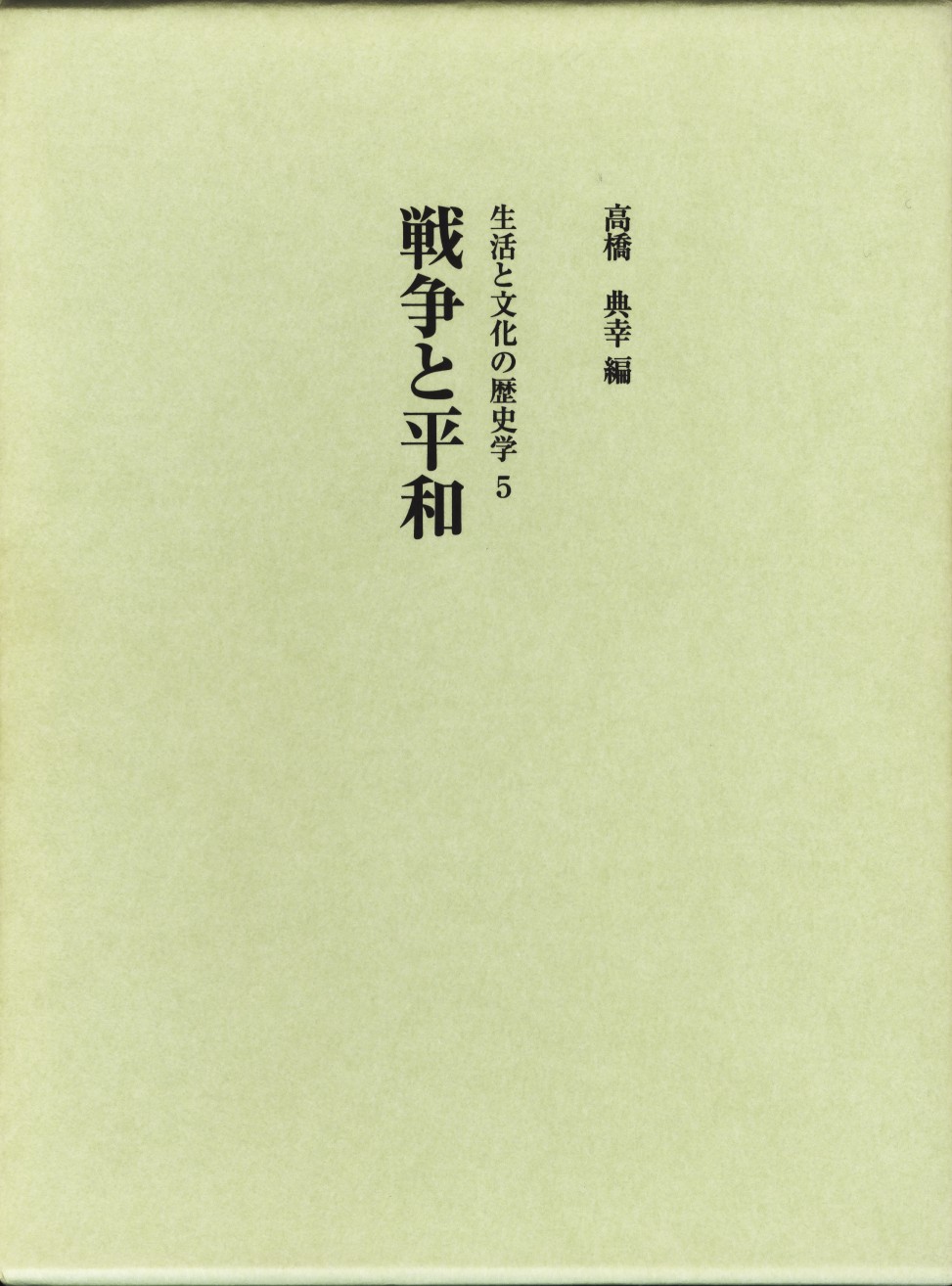
Title
Histories of Life and Culture: Volume 5 Sensou to Heiwa (War and Peace)
Size
536 pages, A5 format, hardcover
Language
Japanese
Released
October 09, 2014
ISBN
978-4-902084-25-2
Published by
Chikurinsha
Book Info
See Book Availability at Library
Japanese Page
This book is a compilation of essays aimed at elucidating war and peace in medieval Japan from various angles. It goes without saying that peace is a universal value and an ultimate goal for humanity, yet when considering it as a historical issue, we must also confront the past truths of various wars and conflicts that stand opposed to peace. Historical study is not a sovereign remedy for the problems that we face. In particular, it may seem that a consideration of war and peace in medieval Japan is besides the point and unrelated to modern life. However, such history may contain important points of discussion or hints that would otherwise escape our attention.
As an example, let us focus on the way of interpreting “war and peace” (which is also the title of the book). There is a view that treats war and peace as two antithetical states. Of course, this is not a mistake, but if we consider that the peace and prosperity of postwar Japan, for example, were deeply related to developments such as the Korean War and the Cold War between the United States and the Soviet Union, it is clear that the two states do not have that kind of easily discernible relationship.
In fact, this is the reason why considering war and peace in medieval Japan is important. In medieval Japanese society, which is known as an adversarial and self-help society, one had to obtain and protect one’s rights and livelihood through one’s own strength. Peace is no exception here. Without fear of misunderstanding, peace and war in medieval Japan can even be regarded as two sides of the same coin. It can be argued that the context of medieval Japan harbors clues for reconsidering our way of interpreting “war and peace.”
In view of the above concerns, this book attempts to uncover the various aspects of war and peace that existed in medieval Japan. To support this endeavor, five themes are established, namely, politics, groups, diplomacy, environments, and memory. Though it is needless to say that politics and diplomacy are closely related to war and peace, I intend to focus on the state of war and peace in each stage of history. Moreover, what characterized the pre-modern period, and the medieval period in particular, is that states did not always exist as clear entities and wars were pursued by various groups. By considering wars and groups, it should be possible to develop a view that relativizes the modern way of war. This should also help us notice the environments (though this could even mean technology) surrounding war and the unexpected proximity of these in our daily lives. Moreover, based on records of wars that persist even in “peace” (strictly in the sense of the absence of a state of war), I would like to consider the fact that war is not a problem that is necessarily resolved when the state of war ends.
“War and peace” are not simple problems that invite a quick conclusion, and I hope that this book will provide the reader with clues and impetus for considering this idea by stopping for a moment to reflect on history.
(Written by TAKAHASHI Noriyuki, Associate Professor, Graduate School of Humanities and Sociology / 2017)



 Find a book
Find a book


